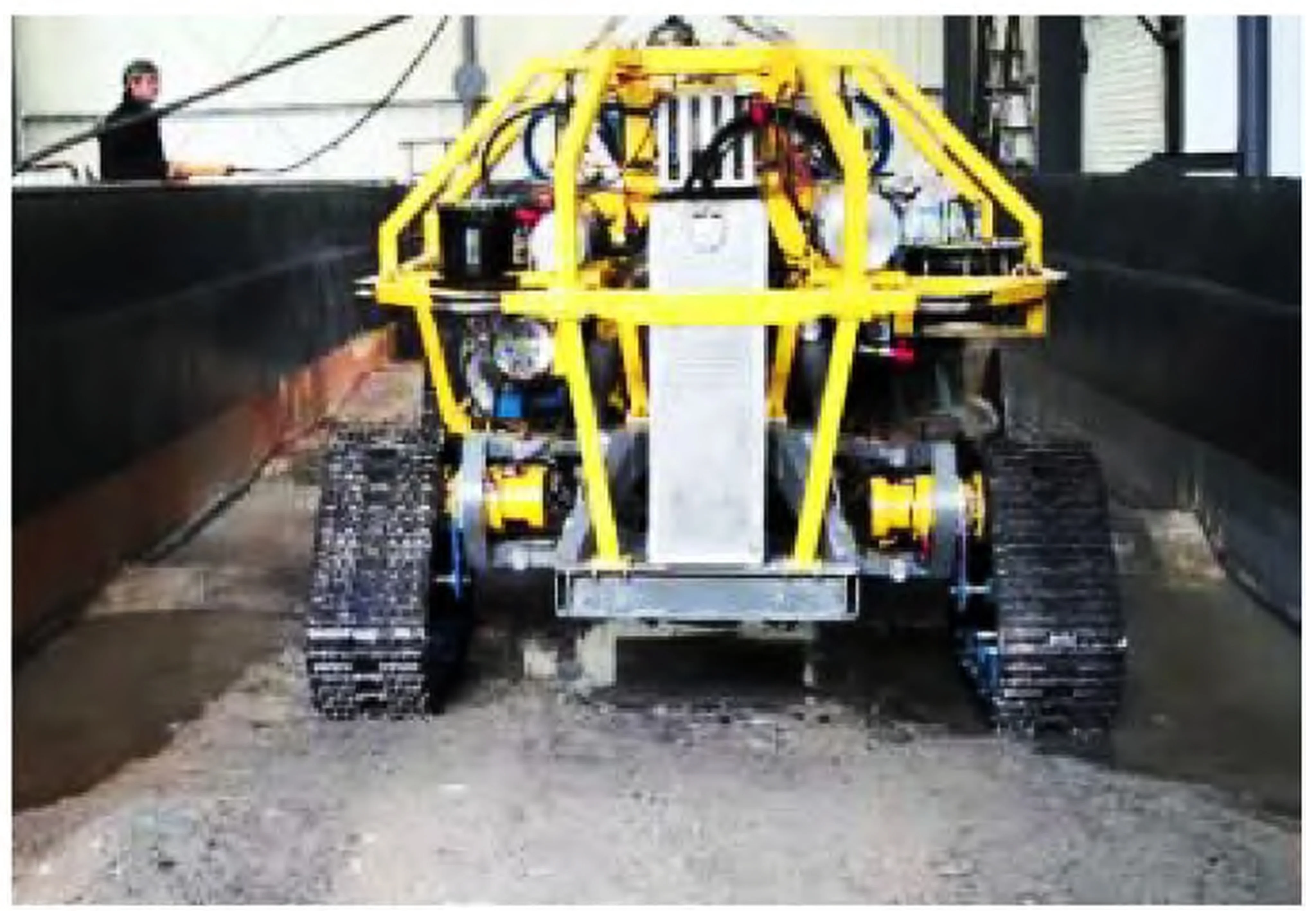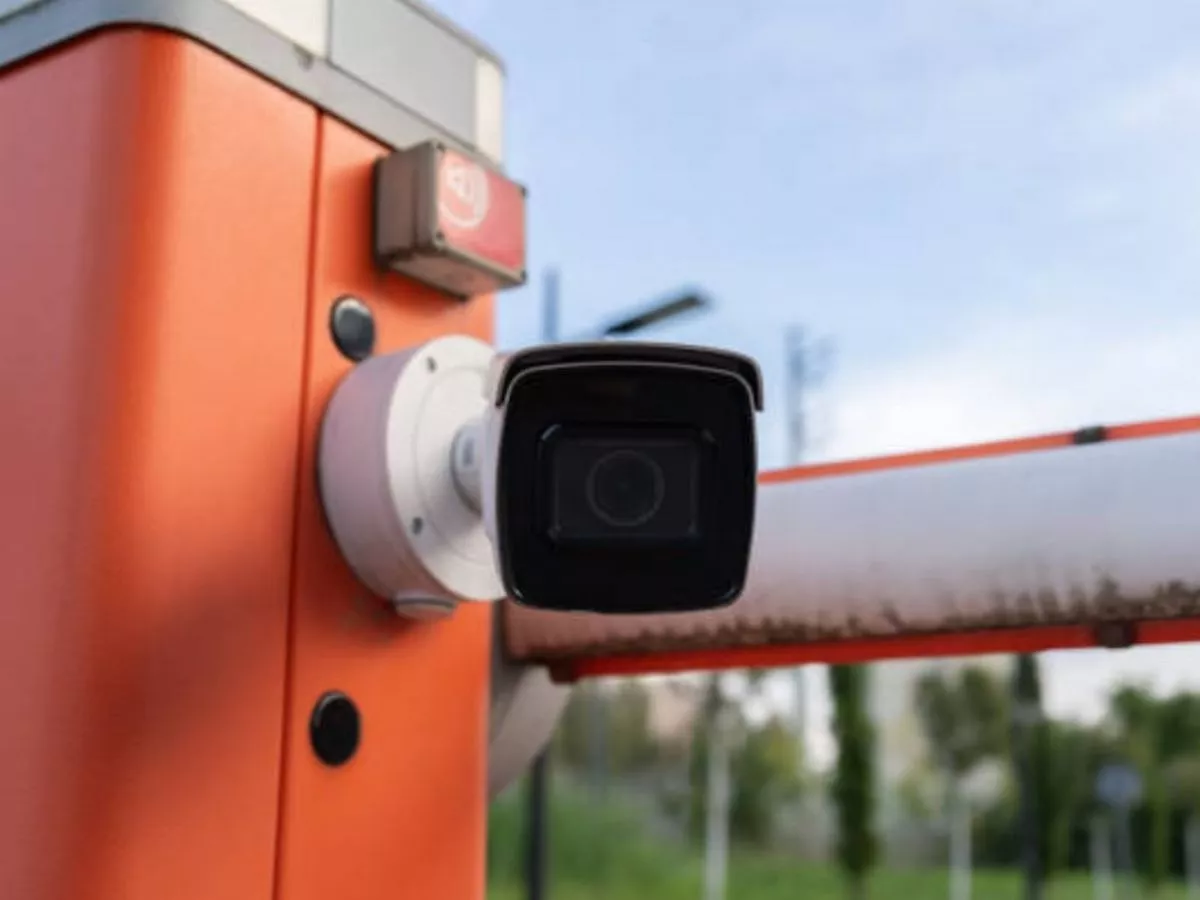Copyright scmp

Chinese scientists and engineers have pushed far beyond a string of US military bases known as the second island chain, reaching a seamount in the western Pacific Ocean 2,000 metres (6,561 feet) below the surface to test a smart mining vehicle designed to harvest cobalt-rich deposits, gathering critical performance data. The robotic miner showed its ability to traverse rugged seabeds littered with cobalt crusts, autonomously adjusting its posture to avoid overturning or being trapped. Cobalt-rich crusts are slow-growing layers of iron and manganese oxides that coat the slopes of seamounts. Formed over millions of years as minerals precipitate from seawater, they contain valuable metals such as cobalt, nickel and platinum, with the richest deposits found in the Pacific Ocean. This landmark trial confirms that China’s deep-sea mining ambitions are rapidly transitioning from concept to reality – a shift poised to reshape global supply chains for critical minerals and intensify geopolitical competition over oceanic resources. Recognising the resource’s strategic importance, the US Department of Defence launched a plan earlier this year to stockpile cobalt. However, by October, the initiative was cancelled due to unforeseen technical and logistical challenges. This setback comes as China already dominates global cobalt supply, controlling most of the world’s cobalt mining and refining capacity. Yet terrestrial cobalt reserves are severely limited, with many mines located in remote, high-risk, politically volatile regions of Africa, where extraction is costly. In stark contrast, the ocean floor holds more than 7.3 billion tonnes of cobalt – over 600 times more than all known land-based reserves combined, according to industrial estimates. China’s access to these vast underwater resources was legitimised in 2013 when it received authorisation from the United Nations’ International Seabed Authority to explore a 3,000 sq km (1,158-square mile) cobalt-rich crust mining zone atop the seamounts of the western Pacific. This area lies around 1,000km (621 miles) east of Guam and beyond the US-constructed military “second island chain”, a network of bases designed to project power and contain China’s maritime expansion. China’s ability to conduct advanced mining trials this far into the Pacific signals a technological and strategic leap, according to some Chinese ocean scientists not involved in this research. The experimental mining vehicle was developed by a team from the National Engineering Research Centre for Metal Mining in Changsha, Central South University and Tianjin University. Engineered for extreme conditions, the rover is powered by four independently driven tracks, each capable of adjusting its height autonomously. It can advance at speeds of up to 20cm (7.8 inches) per second. While China has developed deep-sea mining prototypes before, earlier efforts were largely confined to theoretical studies and lab-scale tests. “Previous research has mostly remained at the theoretical and laboratory prototype stage, with no field trials conducted in real operational environments, making the reliability of conclusions difficult to verify,” the research team, led by senior engineer Jiang Min, wrote in a paper published in the peer-reviewed journal Mining Research and Development in October. The new design introduces several breakthroughs. “It employs high-clearance tracked wheels to effectively increase ground clearance [and] the entire vehicle uses a four-wheel independent drive system, ensuring superior mobility across complex terrain,” Jiang’s team said. Four independently adjustable legs allow active height control of the tracks, enabling stable travel over undulating seabed landscapes. These features collectively improve the vehicle’s adaptability and resilience, according to the researchers. Real-world testing revealed far greater challenges than simulations could predict. Data from the trial showed that the vehicle achieved optimal stability at a crawling pace of just 5cm per second. When speed was increased to near its maximum, even the advanced intelligent control systems struggled to suppress dangerous oscillations. Nevertheless, the overall performance showed that the new engineering solutions improved driving stability by two to three times compared to previous designs, conclusively proving the feasibility of autonomous seabed mining operations. Key operational details – including the vehicle’s payload capacity, power supply duration and actual mining method – remain undisclosed, as do the exact coordinates and timing of the test, underscoring the strategic sensitivity of the mission. China is not alone in this race. A global competition for seabed resources is intensifying, with nations including the United States vying for a stake. In April, US President Donald Trump signed an executive order allowing American private companies to pursue deep-sea mining without prior approval from the United Nations authority. Some scientists have issued stark warnings, cautioning that unregulated and premature deep-sea mining could devastate fragile marine ecosystems, potentially triggering irreversible ecological disasters.



